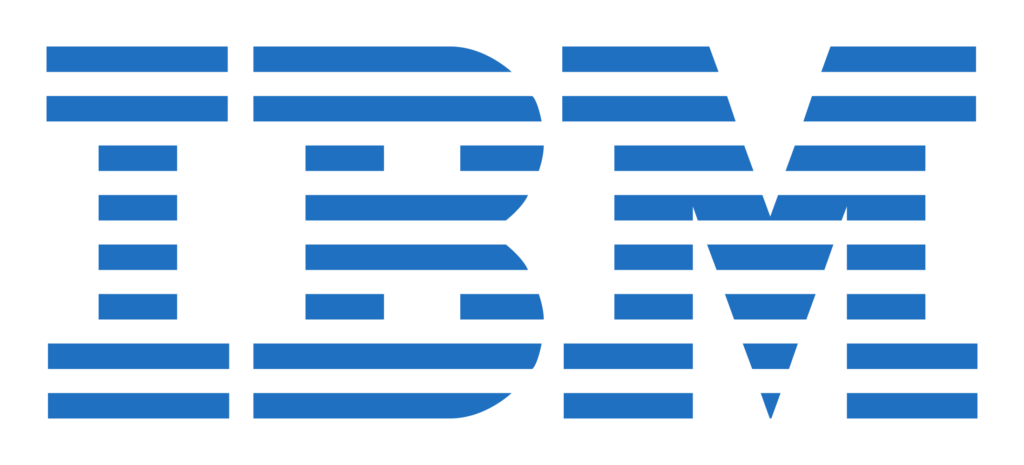Gain the job-ready skills for an entry-level data analyst role through this Professional Certificate from IBM and position yourself competitively in the thriving job market for data analysts, which will see a 20% growth until 2028 (U.S. Bureau of Labor Statistics).
Power your data analyst career by learning the core principles of data analysis and gaining hands-on skills practice. You’ll work with a variety of data sources, project scenarios, and data analysis tools, including Excel, SQL, Python, Jupyter Notebooks, and Cognos Analytics, gaining practical experience with data manipulation and applying analytical techniques.
- Demonstrate proficiency in using spreadsheets and utilizing Excel to perform a variety of data analysis tasks like data wrangling and data mining
- Create various charts and plots in Excel & work with IBM Cognos Analytics to build dashboards. Visualize data using Python libraries like Matplotlib
- Develop working knowledge of Python language for analyzing data using Python libraries like Pandas and Numpy, and invoke APIs and Web Services
- Describe data ecosystem and Compose queries to access data in cloud databases using SQL and Python from Jupyter notebooks
There are 9 Courses in this Professional Certificate Specialization are as follows:
This course presents a gentle introduction into the concepts of data analysis, the role of a Data Analyst, and the tools that are used to perform daily functions. You will gain an understanding of the data ecosystem and the fundamentals of data analysis, such as data gathering or data mining.You will familiarize yourself with the data ecosystem, alongside Databases, Data Warehouses, Data Marts, Data Lakes and Data Pipelines. Continue this exciting journey and discover Big Data platforms such as Hadoop, Hive, and Spark.
This course is designed to provide you with basic working knowledge for using Excel spreadsheets for Data Analysis. It covers some of the first steps for working with spreadsheets and their usage in the process of analyzing data.Throughout this course, you'll gain valuable experience working with data sets and spreadsheets. We'll start by introducing you to spreadsheets like Microsoft Excel and Google Sheets, and show you how to load data from multiple formats. From there, you'll learn how to perform basic data wrangling and cleansing tasks using functions, and expand your knowledge of data analysis through the use of filtering, sorting, and pivot tables.
This course covers some of the first steps for telling a compelling story with your data.You'll learn the basics of visualizing data with Excel and IBM Cognos Analytics without having to write any code. You'll start by creating simple charts in Excel such as line, pie and bar charts. You will then create more advanced visualizations with Treemaps, Scatter Charts, Histograms, Filled Map Charts, and Sparklines. Next you’ll also work with the Excel PivotChart feature as well as assemble several visualizations in an Excel dashboard. This course also teaches you how to use business intelligence (BI) tools like Cognos Analytics to create interactive dashboards
This introduction to Python course will take you from zero to programming in Python in a matter of hours—no prior programming experience necessary! You will learn about Python basics and the different data types. You will familiarize yourself with Python Data structures like List and Tuples, as well as logic concepts like conditions and branching. You will use Python libraries such as Pandas, Numpy & Beautiful Soup. You’ll also use Python to perform tasks such as data collection and web scraping with APIs.
This mini-course is intended to for you to demonstrate foundational Python skills for working with data. This course primarily involves completing a project in which you will assume the role of a Data Scientist or a Data Analyst and be provided with a real-world data set and a real-world inspired scenario to identify patterns and trends.
In this course you will learn SQL inside out- from the very basics of Select statements to advanced concepts like JOINs.You will write foundational SQL statements like: SELECT, INSERT, UPDATE, and DELETE, filter result sets, use WHERE, COUNT, DISTINCT, and LIMIT clauses, differentiate between DML & DDL, CREATE, ALTER, DROP and load tables, use string patterns and ranges; ORDER and GROUP result sets, and built-in database functions, build sub-queries and query data from multiple tables, access databases as a data scientist using Jupyter notebooks with SQL and Python, work with advanced concepts like Stored Procedures, Views, ACID Transactions, Inner & Outer JOINs.
You will learn how to import data from multiple sources, clean and wrangle data, perform exploratory data analysis (EDA), and create meaningful data visualizations. You will then predict future trends from data by developing linear, multiple, polynomial regression models & pipelines and learn how to evaluate them.
This course will teach you to work with many Data Visualization tools and techniques. You will learn to create various types of basic and advanced graphs and charts like: Waffle Charts, Area Plots, Histograms, Bar Charts, Pie Charts, Scatter Plots, Word Clouds, Choropleth Maps, and many more! You will also create interactive dashboards that allow even those without any Data Science experience to better understand data, and make more effective and informed decisions.
By completing this final capstone project you will apply various Data Analytics skills and techniques that you have learned as part of the previous courses in the IBM Data Analyst Professional Certificate. You will assume the role of an Associate Data Analyst who has recently joined the organization and be presented with a business challenge that requires data analysis to be performed on real-world datasets.




